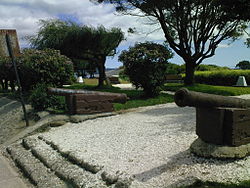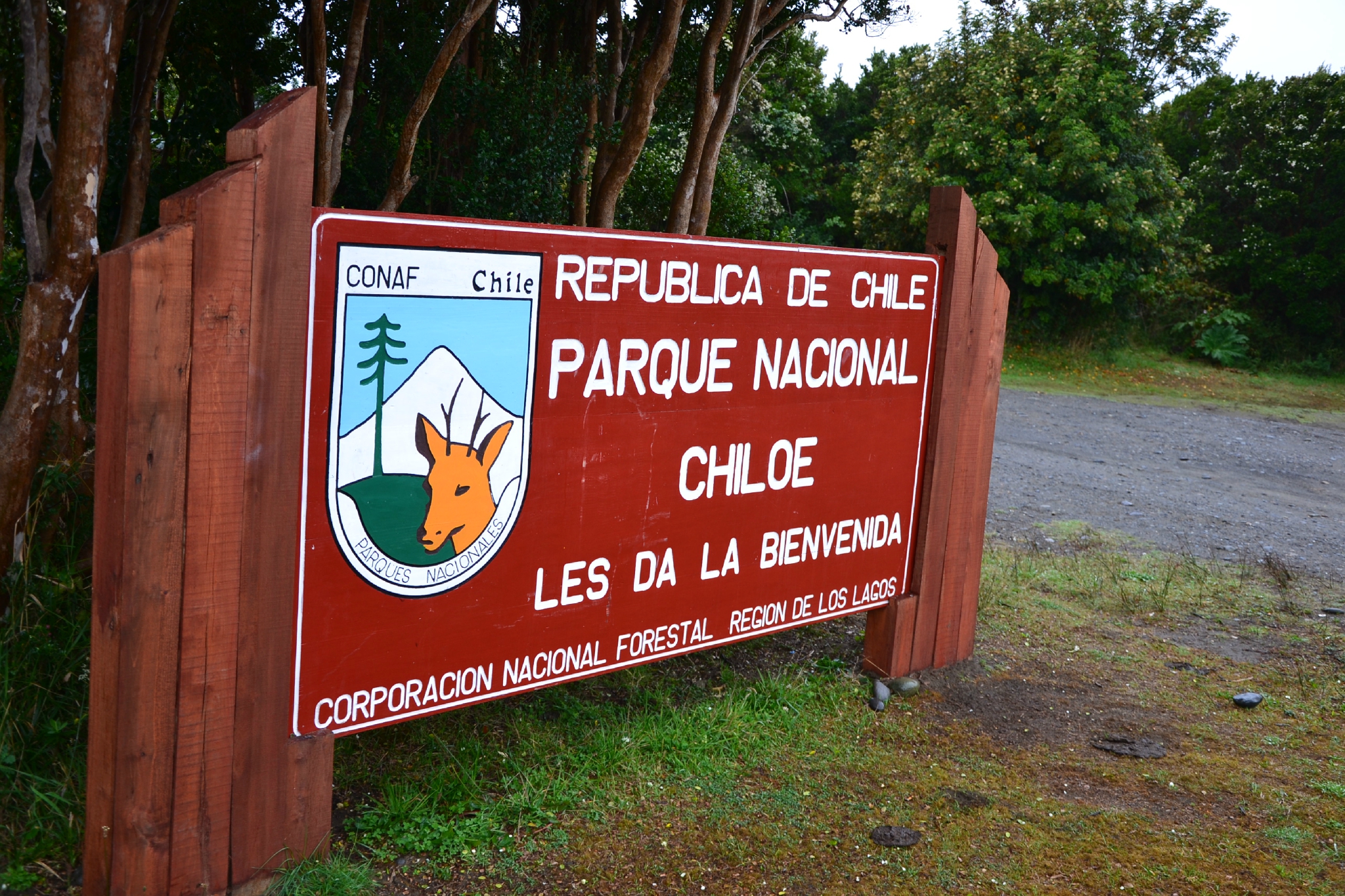Phillip P. King was born in December 13th, 1791, on "Norfolk Island" , Australia.
He was the eldest son of the British navy officer and third governor of New South Wales commander Philip Gidley Parker and Anna Josepha Coombes.
He was educated in England, where we travelled with his parents in October 1796.
II. Beginnings of his naval career:
In 1802 he was nominated to the Naval Academy of Portsmouth, in November 1807 he entered the Navy.
In 1814 he was promoted to lieutenant.
In 1817 he married Harriet Lethbridge, with whom he had 8 childrens.
III. Hydrographic Expeditions in Australia:
| Imagen de The Robinson Library |
All trips depart from Port Jackson.
He arrived on April 23, 1823 in Plymouth, England.
His absence was for more than six years.
IV. In England:
King was recognized as one of the leading hydrographers of the Navy and in February 1824 he was appointed a member of the Royal Society. In London, in 1826, he published the two volumes of his "Narrative of a Survey of the Intertropical and Western Coasts of Australia. Performed Between the Years 1818-1822 by Commander Phillip P. King "illustrated with drawings made by him.
V. Expeditions to the coasts of South America:
He arrived in Rio de Janeiro on August 10, 1826. The first of January 1827 anchors in Puerto del Hambre, Chile. In 1829, he traveled to Valparaíso, where he had a meeting with General Pinto. Until 1830 they made their way to all channels, straits, breasts, bays, etc. From the Gulf of Penas to Cabo de Hornnos. He arrived to Plymouth, on October 14, 1830, he had been promoted to captain, he requested his retirement from the Navy, since his health was resentful.
VI. Residence in Australia:
In February of 1839 he was appointed member of the Legislative Council of New South Wales and shortly after was appointed resident commissioner of the Australian Agricultural Company.
In October 1846 the Secretary of State for the colonies commissioned him to inspect the observatory of Parramata. In 1837 he made an expedition to Murrumbidgee and recorded his observations. In December 1838 and January 1839 he visited New Zealand and the island of Norfolk aboard the Pelorus. In 1843 he carried out an uprising in Port Stephens. He published articles in the magazines Nautical Magazine and Zoological Journal. In November 1854 King was very ill. In 1855 he was promoted to Rear Admiral. On February 26, 1856 he went to dinner aboard the Juno invited by his commander, he felt bad and when he returned home he died of a stroke. His widow died in Ashfield, Sydney on December 19, 1874. Both are buried in the front of a small church, St. Mary Magdalene, located near his residence, in Sydney, South Creek near Parramatta.
VII. Legacy:
King was the first and for years the only one born in Australia to achieve prestige in the world outside the colonies. He was recognized as a marine expert, indefatigable explorer and diligent researcher and hydrographer as attested by his detailed travel diaries.
| Imagen de Chile Travel Valparaíso |
| Imagen de Chile Travel Cabo de Hornos |
 |
| Imagen de Wikipedia |
| Imagen de The Puzzle House Port Jackson |
 |
| Imagen de Visit Plymouth |

















